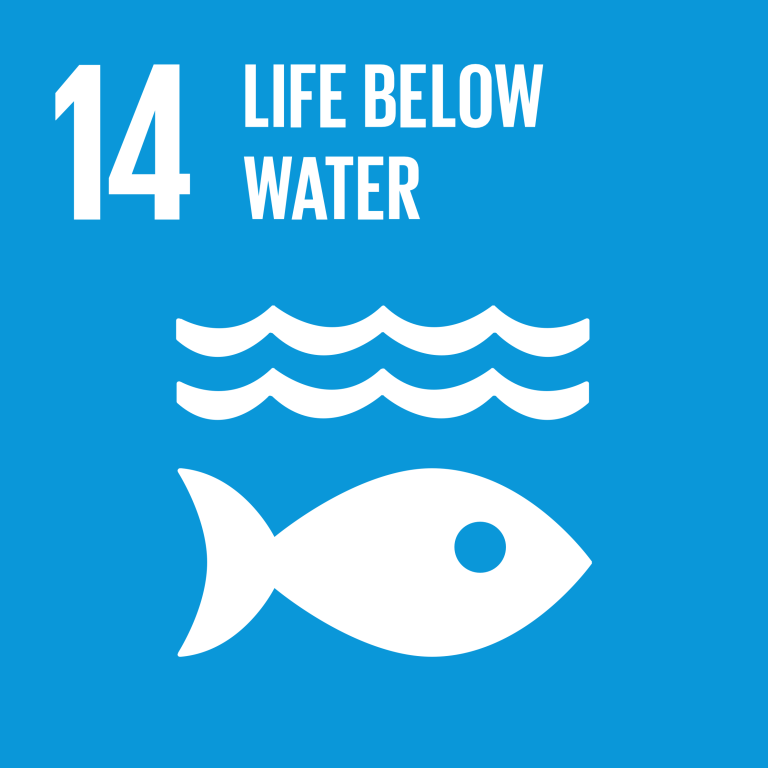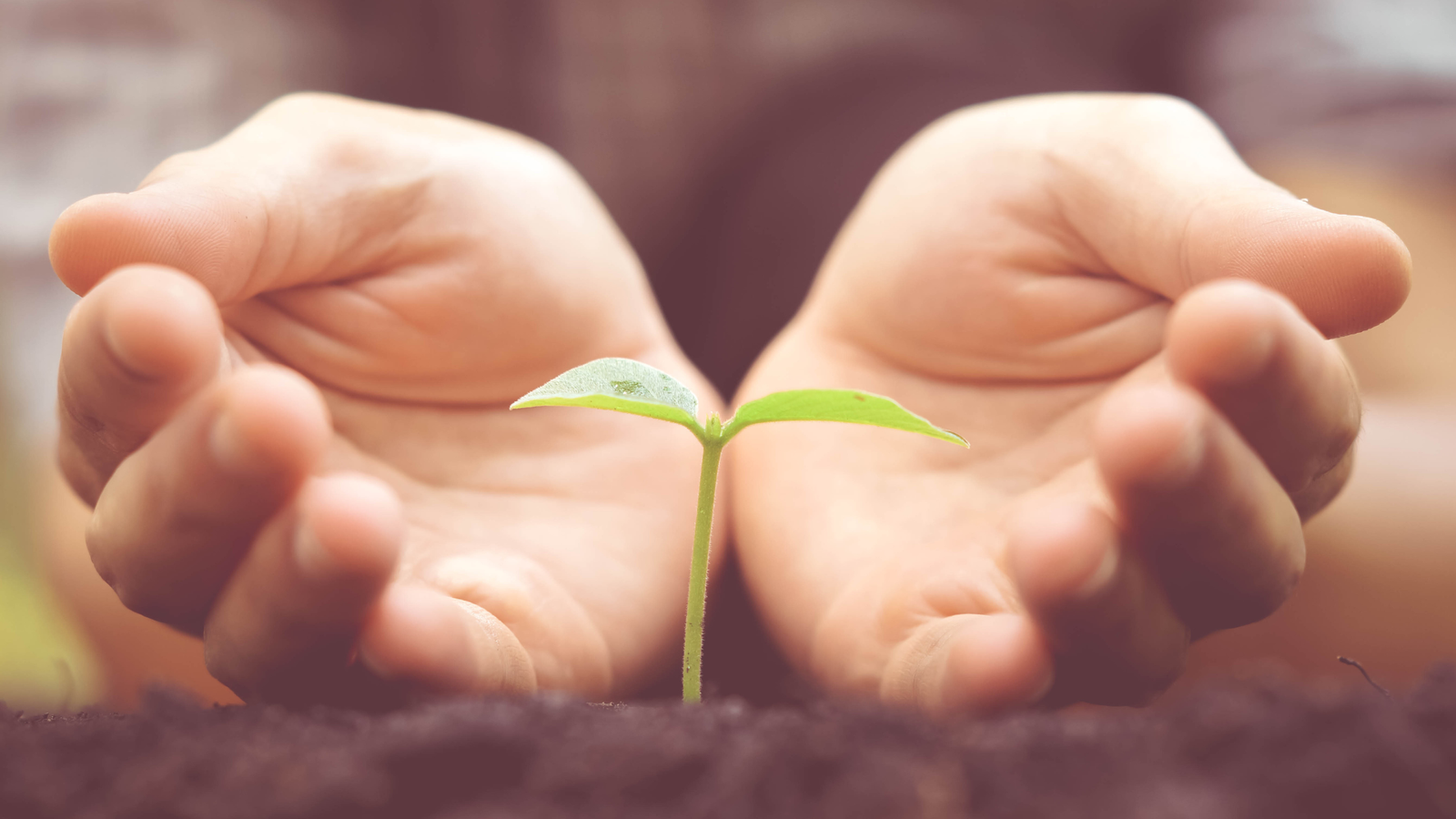What Is SDG 14 and Why It Matters
Our oceans are the heartbeat of our planet. They regulate the climate, produce half the oxygen we breathe, feed billions, and support entire economies. Yet today, our seas are in crisis—choked by plastic, overfished, and threatened by climate change.
Sustainable Development Goal 14 (SDG 14) calls on us to “conserve and sustainably use the oceans, seas and marine resources for sustainable development.” And while governments and scientists play a critical role, business leaders and marketers have their own powerful part to play—by shifting narratives, inspiring new consumption patterns, and championing blue innovation.

Quick Overview: SDG 14 – Life Below Water
Goal: Conserve and sustainably use the oceans, seas, and marine resources.
Oceans cover over 70% of our planet and contain 97% of the Earth’s water. More than 3 billion people rely on marine ecosystems for their livelihoods, making ocean health essential not only for biodiversity—but for human well-being and sustainable development.
But oceans are being pushed beyond their limits. From plastic pollution and rising acidity to overfishing and habitat loss, the marine crisis is escalating fast. That’s why SDG 14 includes targets that address everything from marine pollution to sustainable fisheries to the protection of coastal ecosystems.
At the heart of SDG 14 is a need for systems change—and marketing can be a strategic lever in that transformation.
Marketing as a Force for Change
Marketing doesn’t just sell products—it sells lifestyles, values, and aspirations. For too long, mainstream marketing has glamorized overconsumption and overlooked its impact on marine ecosystems. But that narrative is changing.
Modern brands are using marketing as a platform for advocacy, not just commerce. By promoting sustainable materials, spotlighting marine conservation, and educating consumers about ocean-friendly practices, marketing can help rewrite our relationship with the ocean—from exploitation to regeneration.
It’s time to stop marketing desire and start marketing consciousness.
Real-World Examples
1. Bureo: Turning Ocean Waste into Purpose
Bureo is a mission-driven company with a bold concept: transform discarded fishing nets into high-quality, durable consumer goods. Fishing nets are one of the most harmful forms of ocean plastic, making up nearly 10% of marine plastic waste. Bureo collects these nets, recycles them, and turns them into everything from skateboards to sunglasses to Patagonia products.
But Bureo doesn’t stop at innovation—they leverage storytelling to elevate their mission. Their branding is bold, clear, and purpose-first. Every product tells a story of circularity and impact, connecting consumers directly to the issue of ocean plastic and giving them a tangible way to be part of the solution.
Their NetPlus® material is a visual and narrative bridge between pollution and possibility. Through social campaigns, product collaborations, and educational content, Bureo turns climate guilt into climate action. And that’s the power of marketing aligned with SDG 14.
2. Sea2See: Eyewear with a View to the Ocean
Sea2See is a European brand producing stylish eyewear from marine plastic waste. Their mission: remove plastic from the sea and prove that waste can be beautiful. Their frames are crafted from plastic collected along coastlines and fishing ports, showing that fashion and sustainability can go hand in hand.
What sets Sea2See apart is how they position their products—not just as accessories, but as statements. Their marketing doesn’t guilt-trip consumers—it empowers them. The brand uses clean, ocean-inspired visuals, transparency in sourcing, and powerful messaging like “Designed in Italy. Made from the sea.”
By making marine conservation aspirational, Sea2See turns every customer into a brand ambassador for ocean health.

What Can Small Businesses Do?
You don’t need a global supply chain or a million-dollar ad budget to support SDG 14. Here’s how small businesses can take meaningful action—and communicate it effectively:
•Audit Your Materials: Replace ocean-harming plastics with biodegradable, recycled, or ocean-bound alternatives.
•Tell Your Impact Story: Use your website, social media, or product packaging to show how your brand supports marine health.
•Collaborate with Ocean Charities: Align with non-profits working to clean oceans or protect marine biodiversity and donate a portion of proceeds.
•Educate Your Audience: Share tips, data, and visuals about ocean-friendly habits, like reducing single-use plastic or supporting sustainable seafood.
•Reimagine Packaging: Even simple shifts like minimalist or reusable packaging can reduce ocean waste and communicate your values.
The key is to align your business practices and your messaging with ocean-positive values.
Redefining Success in Marketing
Traditional marketing glorified scale. Today’s marketing should glorify stewardship. Success can no longer be measured by units sold alone—but by ecosystems preserved, marine waste reduced, and consumer mindsets transformed.
When we market with the ocean in mind, we aren’t just shaping preferences—we’re shaping futures.
Make Waves for a Healthier Planet
Oceans have sustained life on Earth for millennia. Now, it’s our turn to sustain them. SDG 14 reminds us that marine health is human health, and that sustainable business is good business—not just for the bottom line, but for the biosphere.
Brands like Bureo and Sea2See show us how marketing can bridge innovation and ocean advocacy. Whether you’re a global company or a local business, your voice matters—and your platform can be used to restore, not just promote.
Let’s start telling stories that clean the ocean—not clutter it.




